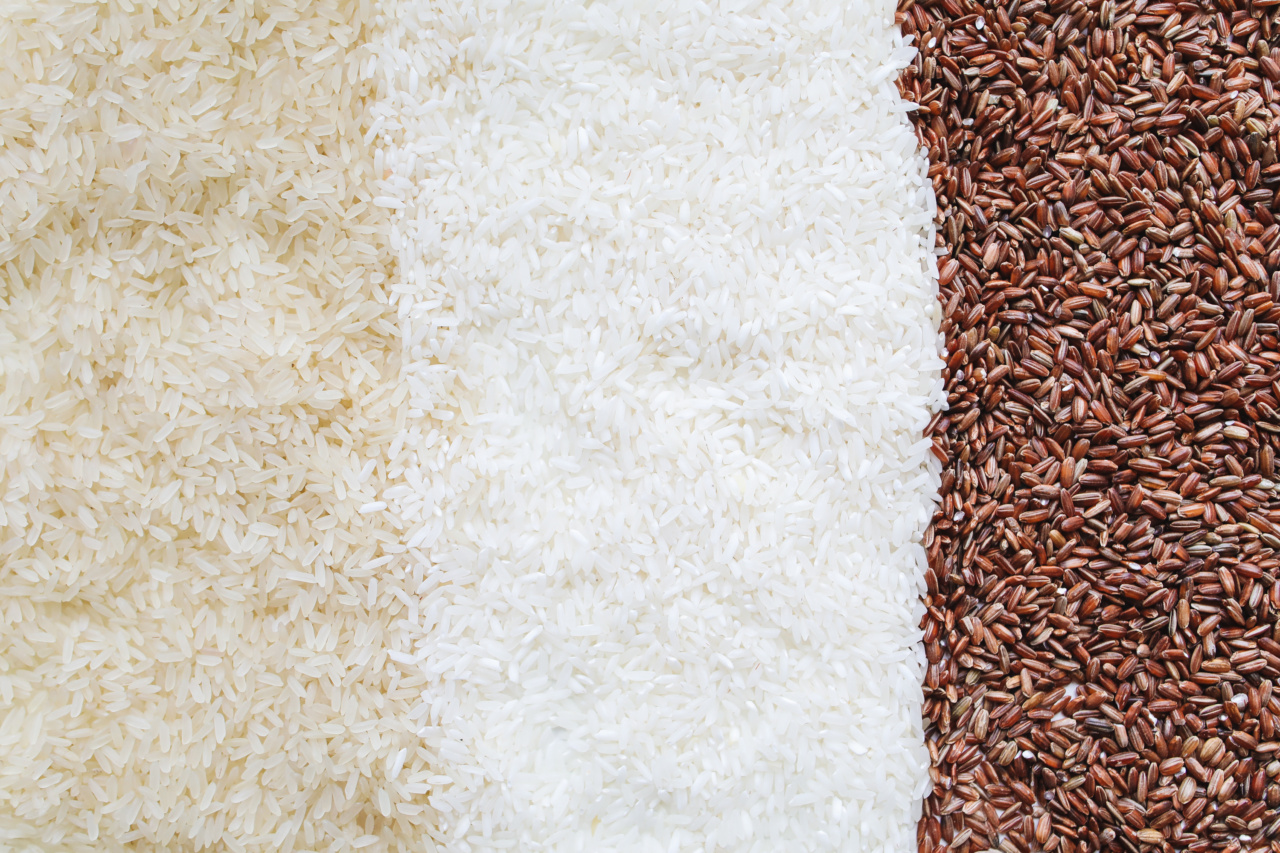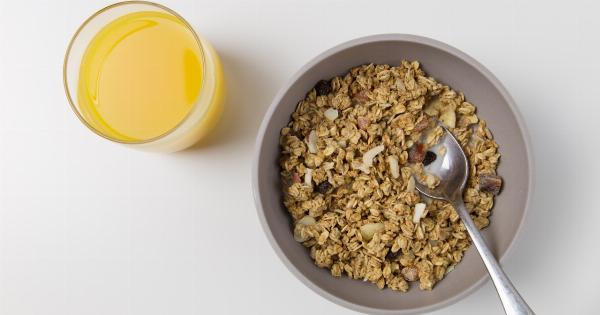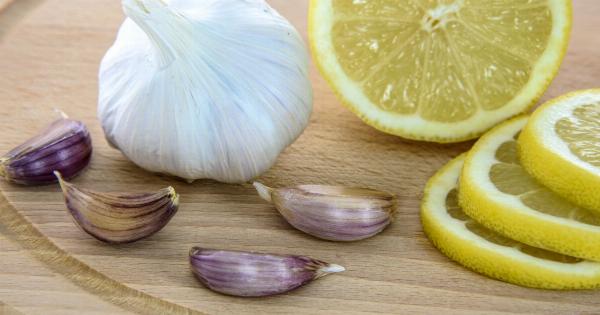Fiber is an essential nutrient that is often overlooked in the American diet. A diet rich in fiber has many health benefits, including improved digestion, lower risk of heart disease, and even a longer life.
In this article, we will explore how much fiber is enough for a longer life.
The Benefits of Fiber
Fiber has many benefits for our health. It promotes regularity and healthy digestion, helps control blood sugar levels, lowers cholesterol, and even aids in weight loss.
Studies have also shown that a high-fiber diet can reduce the risk of certain cancers, such as colon cancer.
The Recommended Daily Amount of Fiber
The recommended daily amount of fiber varies based on age, sex, and level of physical activity. However, on average, men should aim for around 38 grams of fiber per day, while women should aim for 25 grams.
Unfortunately, most Americans fall short of these recommendations, with the average adult consuming only 15 grams of fiber per day.
Sources of Fiber
Fiber is found in a variety of foods, including fruits, vegetables, whole grains, nuts, and seeds. Some high-fiber foods include:.
- Avocado (13.5 grams per avocado)
- Lentils (15.6 grams per cup)
- Chia seeds (10 grams per ounce)
- Quinoa (5 grams per cup)
- Broccoli (5.1 grams per cup)
- Brussels sprouts (4.1 grams per cup)
- Raspberries (8 grams per cup)
- Pear (5.5 grams per medium-sized pear)
- Black beans (15 grams per cup)
- Almonds (3.5 grams per ounce)
How to Incorporate More Fiber into Your Diet
Incorporating more fiber into your diet is fairly easy to do. Try the following tips:.
- Eat more whole grains, such as brown rice and quinoa
- Add fruits to your breakfast, such as strawberries or blueberries
- Snack on raw vegetables, such as carrots or broccoli
- Add beans to your soups and salads
- Choose whole-grain bread over white bread
- Include a side salad or vegetable with your meals
- Swap out your snacks for fruits or nuts instead of chips or candy
The Risks of Too Much Fiber
While fiber is an important nutrient, too much of it can have negative consequences. Overconsumption of fiber can lead to bloating, gas, and constipation.
Additionally, some people may experience a decrease in nutrient absorption, as fiber can bind to certain vitamins and minerals.
Conclusion
Fiber is an essential nutrient that is often overlooked in the American diet. By incorporating more fiber-rich foods into our diets, we can reap the many health benefits of this nutrient, including a longer life.
Remember to aim for at least 25-38 grams of fiber per day and include a variety of high-fiber foods such as fruits, vegetables, whole grains, nuts, and seeds.





























